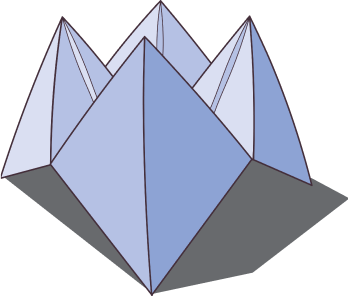How to Read an EKG

Decoding an EKG can initially seem daunting due to the array of zigzagging lines on the graph. However, with the right knowledge, interpreting these charts becomes manageable. This guide will introduce you to the essentials of EKG interpretation, covering the various waves and lines and their meanings.
What exactly is an EKG? How do professionals use EKGs in clinical settings? How can you read an EKG? We'll explore these questions by examining heart rate, rhythm, axis, P-wave, QRS complex, ST segment, and T-wave. By the end of this guide, you'll be equipped to interpret EKG charts confidently. So, let's dive in!
An EKG measures the heart's electrical activity, useful for detecting issues like arrhythmia, heart failure, or heart attack. It also assesses heart function post-surgery or treatment. In clinical environments, EKGs are vital for healthcare providers when evaluating cardiac health. Decoding EKG results, identifying heart diseases, and determining treatment plans are some responsibilities of nurses and doctors. Physicians also use EKGs to decide on further tests or medication requirements.
Understanding each EKG component simplifies reading an EKG. Let's break them down.
Heart rate indicates the speed of heartbeats, measurable by the interval between consecutive R-waves, the highest waves on an EKG strip. Calculate heart rate by dividing 300 by the large squares between R-waves, among other methods.
Heart rhythm describes the spacing of EKG waves. Regularly spaced waves indicate a sinus rhythm. Cardiac axis shows the direction of electrical signals in the heart, indicated by a line on an EKG. Normal axis ranges from -30 to +90 degrees, while left-shifted is below -30 degrees and right-shifted is above +90 degrees.
EKG intervals mark different phases of the heart's electrical cycle, measured by the P wave, QRS complex, and T wave, each representing distinct stages of cardiac electrical activity. A P-wave depicts atrial contraction, appearing as a small upward deflection. Though sometimes hard to spot, P-waves are crucial for assessing heart rate and rhythm. The QRS complex represents ventricular contraction, consisting of Q, R, and S waves. A typical QRS complex lasts 80-100 milliseconds.
The ST segment lies between the QRS complex and the T-wave, marking ventricular re-polarization. The T-wave is a smooth, rounded wave signifying the heart's recovery phase. Interpreting EKGs starts with recognizing a normal reading to identify any abnormalities. Understanding each wave's interrelation is essential. While learning EKG interpretation might be challenging, practice makes it easier. If uncertain, seek guidance from a supervisor or educator to clarify doubts, fulfilling your role as a patient advocate.







